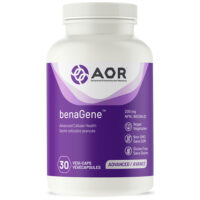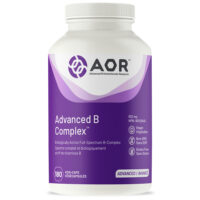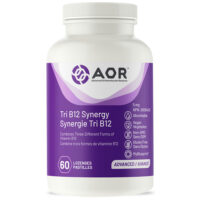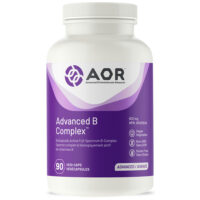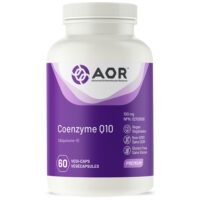If you suffer from migraines and headaches try this
There is evidence that migraine sufferers frequently have reduced levels of Magnesium, riboflavin and coenzyme Q10.
The way Dolovent
helps is by delivering the clinical strength of these micronutrients to meet the specificrequirements of people with migraine
For the Dietary Management of Migraine The micronutrients magnesium and riboflavin (vitamin B2) are key substances indispensable to energy production, e.g. in the brain. There is evidence that migraine patients frequently have reduced levels of magnesium, riboflavin and coenzyme Q10. Energy metabolism is impaired when there is a deficiency of these micronutrients. Dietary management with high-dose magnesium, riboflavin and coenzyme Q10 compensates for this deficiency. Migraine patients cannot compensate for their specific deficiency in magnesium, riboflavin and coenzyme Q10 through a balanced diet alone. Dolovent capsules contain a special combination of the micronutrients magnesium, riboflavin and coenzyme Q10 as well as other vitamins and minerals, which is adapted to meet the specific requirements of migraine patients. Dolovent The targeted combination of selected micronutrients in Dolovent has been adapted to meet the specific requirements of people with migraine. Magnesium and riboflavin (vitamin B2) contribute to the normal functioning of the energy metabolism and nervous system. Targeted support for the energy metabolism and nervous system Contains a targeted combination of high-dose magnesium and riboflavin as well as coenzyme Q10, vitamins and other minerals and bioflavonoids. Magnesium and riboflavin (vitamin B2) contribute to normal energy-yielding metabolism and to normal functioning of the nervous system e.g. in the brain. Coenzyme Q10 is a key component of the mitochondria, the powerhouses present in every cell. Dolovent should be taken regularly over a long period for the dietary management of migraine.
Here’s how these main ingredients help:
Magnesium – is beneficial in a number of ways to migraine sufferers.
Magnesium works in balance with calcium, whereby calcium causes muscle contraction, and magnesium causes muscle relaxation.
This contraction and relaxation balance does not just relate to muscles, but also to blood vessels where it is needed for blood pressure control and nerves where it is needed for normal nerve function. These are all processes that are not working effectively in migraine sufferers.
Studies suggest a link between low magnesium levels and migraines, and a double blind placebo controlled study, in the Journal of Cephalalgia showed that Patients had more than a 50% reduction in migraine frequency after just 9 weeks of taking 600mg of magnesium daily. They also reported a reduction in the length of the migraines and in the pain intensity when they did have one.
Riboflavin – (Vitamin B2) is another nutrient that has been intensively studied for use with migraines. Vitamin B2 is needed for the energy producing part of the brain cells. When brain cells are unable to produce energy effectively, the result is often a migraine.
A randomised controlled trial in the American Academy of neurology demonstrated that 400mg of vitamin B2 significantly reduced migraine severity, duration and frequency after just one month of supplementation, with the full benefits being seen after 3 months.
Coenzyme Q10 – is a vitamin like substance and is another nutrient found in large quantities in the brain cells where it is used for energy production. Our natural production of Coenzyme Q10 starts to decline after the age of 30, and many other factors may contribute to excess losses.
A study in the Journal of Cephalalgia showed that supplementing with 150mg of Coenzyme Q10 provided a 50% reduction in the number of days of migraines in 60% of patients who supplemented with it, after just 4 weeks of supplementation, with full benefits occurring after 5 – 12 weeks.
Dolovent 120 caps £34.15 contains the levels of these nutrients and nutrient forms that were used in these studies.
Dolovent is manufactured in Germany and meets Germany’s rigorous standards for purity, standardization and safety.
What does Dolovent™ do?
Dolovent supports normal brain energy levels* by helping to maintain normal levels of magnesium, vitamin B2, coenzyme Q10, and other essential vitamins, minerals and trace elements that are all targeted at stabilizing cellular and brain energy and overall health. The way Dolovent does this is by delivering the clinical strength of these micronutrients needed to support normal levels of cellular and brain energy.
Is Dolovent™ safe?
The Dolovent formulation has been recommended by European physicians for years and used by thousands of people. No serious side effects have been reported in all this time. The changes you might notice are that Vitamin B2 may cause urine to turn bright yellow and some people experience mild bloating and loose stools due to the magnesium. Dolovent is manufactured to the highest standards of quality and purity. It should not, however, be used with other products that contain magnesium or vitamin B2.
Should I worry about drug interactions?
Dolovent has not been shown to cause any adverse drug interactions. This dietary supplement can be taken safely along with prescription migraine medications (such as triptans and beta blockers). However, to optimize absorption of Dolovent, the capsules should be taken two hours either before or after drugs with the following active ingredients: tetracyclines, ferrous (iron) substances, sodium fluoride, isoniazid, cholorpromaxine and digoxin.
SCIENTIFIC RESEARCH
Selected research studies
Below are citations for two very readable research articles that summarize the multiple mainstream medical studies that have been conducted on the role of magnesium, Vitamin B2 and Coenzyme Q10 in migraines.
Alternative therapies: evidence based evaluation in migraine
Steward J. Tepper, Marcelo Bigal, Alan Rapoport and Fred Sheft
Headache Care 2006; 3(2): 57-64
“Natural” or Alternative Medications for Migraine Prevention
Case History Submitted by Randolph W. Evans, MD; Expert Opinion Submitted by Frederick R. Taylor, MD
Headache, V. 46, No. 6, June 2006



